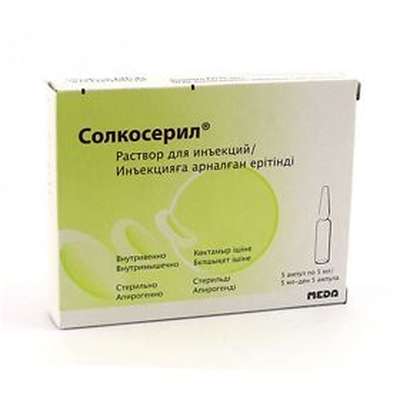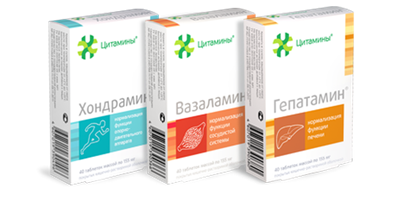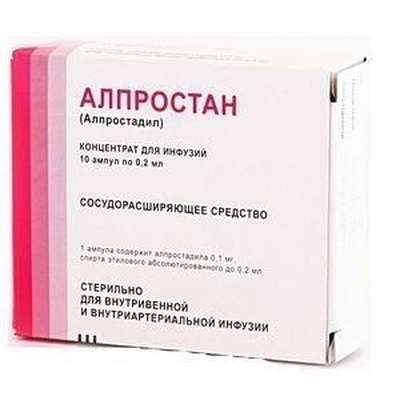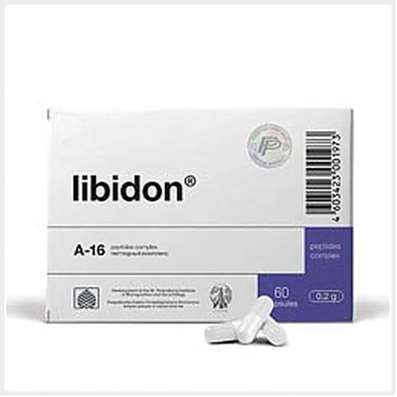Instruction for use: Ornithine (Ornithinum)
I want this, give me price
Code CAS 70-26-8
Characteristics of substances Ornithine
Colorless crystals. Easily soluble in water, alcohol, it is difficult to dissolve in the air.
Pharmacology
Pharmacological action - hepatoprotective, detoxification, hypoazotemic.
It has a hypoammonic effect. Disposes ammonium groups in the synthesis of urea (ornithine cycle). Reduces the concentration of ammonia in the blood plasma, contributes to the normalization of the body's acid balance system and the production of insulin and growth hormone. Improves protein metabolism in diseases requiring parenteral nutrition.
When ingested, ornithine aspartate dissociates into its constituent components (ornithine and aspartate), which are absorbed in the small intestine by active transport through the intestinal epithelium.
Excreted in the urine through the urea cycle.
Indications
Hyperammonemia, hepatitis, cirrhosis, hepatic encephalopathy (latent and severe), including as part of complex therapy for impaired consciousness (precoma or coma); as a corrective additive to drugs for parenteral nutrition in patients with protein deficiency.
Contraindications
Hypersensitivity, severe renal failure (creatinine concentration more than 3 mg / 100 ml).
pregnancy and lactation
During pregnancy, it is possible only under strict medical supervision. At the time of treatment should stop breastfeeding.
Side effects
Skin allergic reactions, nausea, vomiting.
Interaction
Pharmaceutically incompatible with penicillin, vitamin K, rifampicin, meprobamate, diazepam, phenobarbital, ethionamide.
Route of administration
Inside, in / in, in / m.
Precautions for ornithine
Be wary of vehicle drivers and people whose work requires a quick mental and physical reaction, and is also associated with increased concentration of attention.
If nausea or vomiting occurs, reduce the rate of administration.

 Cart
Cart





